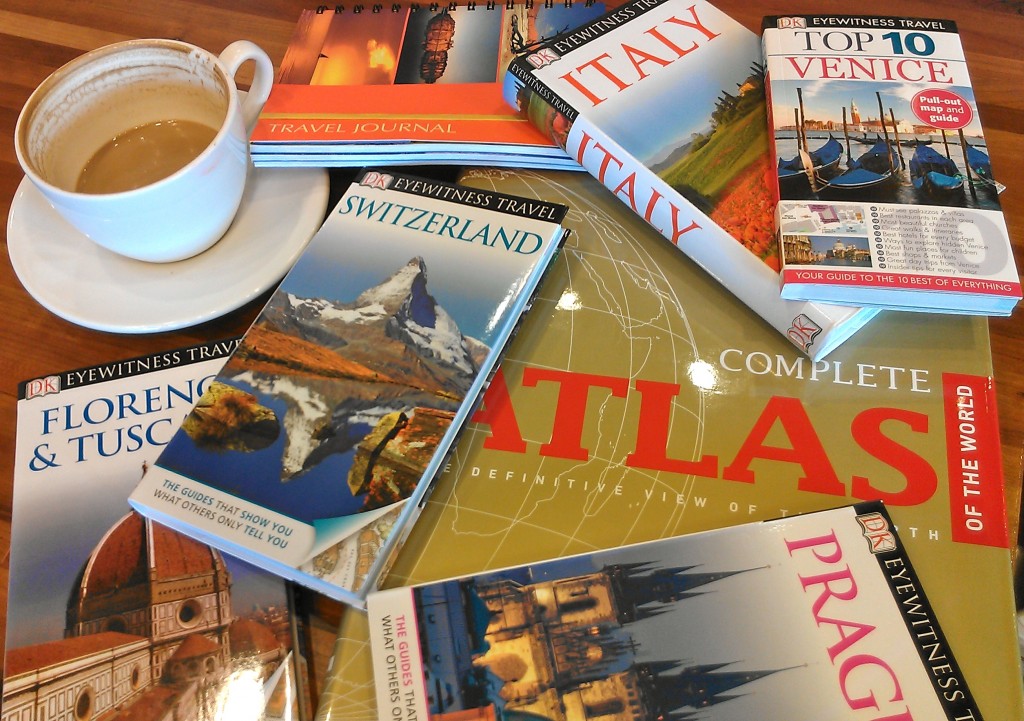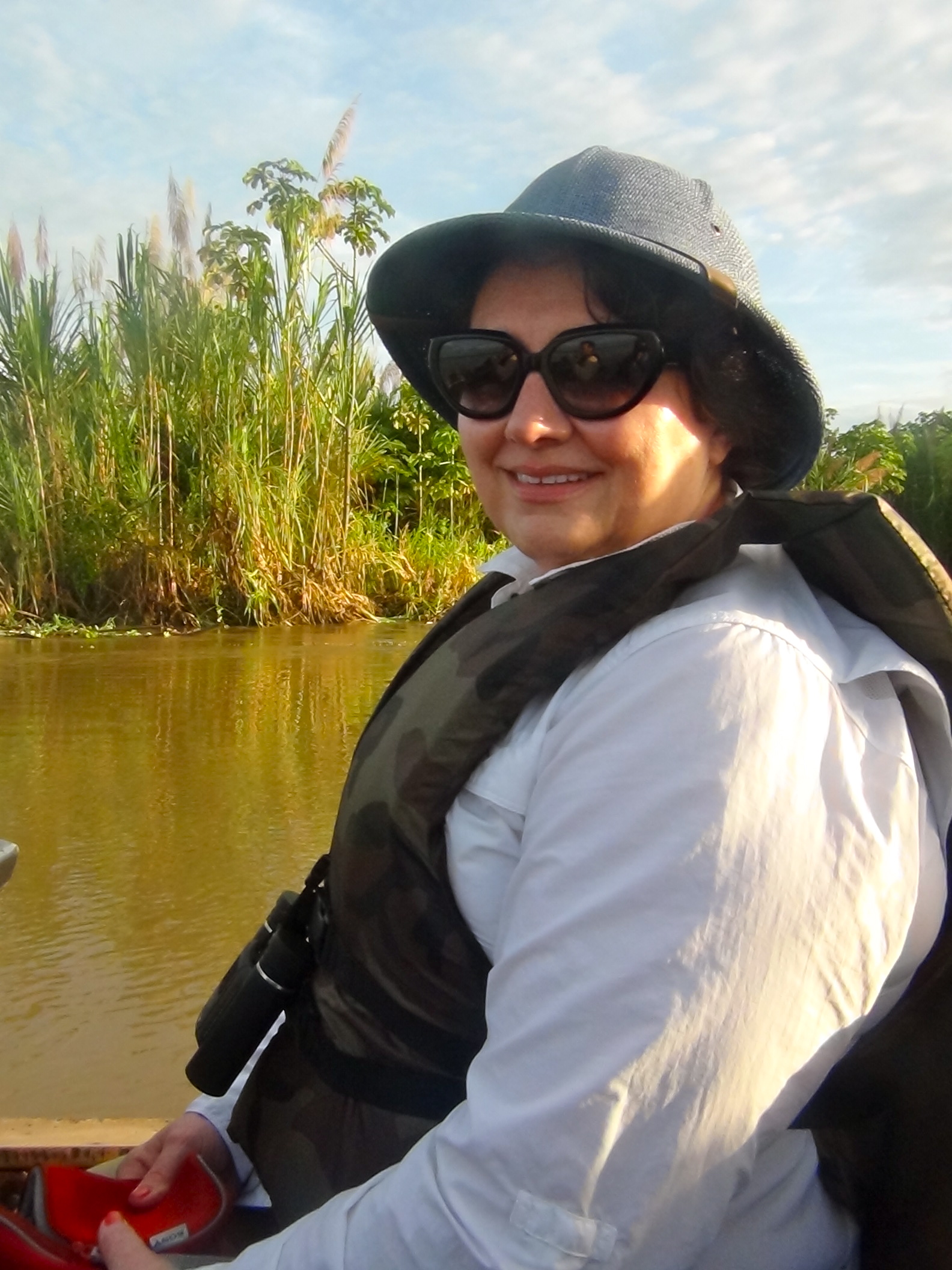Know Before You Go
(This blog is the first of two, with Friday’s covering writing from previous travels.)
Have you ever read a book set in a place you know, convinced the author hasn’t set foot there? I have, and it’s a future-purchase deal breaker. (Before I proceed, please note historical fiction isn’t as tricky in this aspect as contemporary. Chances are your readers haven’t experienced 1850s London either.)
 Prepping for a Fall 2014 trip with an initial itinerary of 94 days.
Prepping for a Fall 2014 trip with an initial itinerary of 94 days.
I’m committed to writing only about places I’ve been, and know well. When an storyline set somewhere I’m unlikely to go skitters through my mind, I dismiss it. I’ve encountered too many books, otherwise well-researched, that scream “I’ve never set foot in Uzbekistan!” (Which I understand.) The one-off perspective shows in incorrect details; a lack of immersion that disengages character and reader senses; or a lack of cultural depth impossible to fathom as a voyeur, but immediately obvious to an experienced visitor.
 Travel is a luxury, but I believe readers trust writers to have on-the-ground experience in far-away locales, hoping we’re being honest and accurate about where our stories take them. And I don’t want someone nailing me on a technicality like, “it’s not rosemary growing from Robinson’s Arch under the Temple Mount, it’s lavender!” (It’s rosemary, BTW. But I’d never have known that from this photo. I had to be there to see it for myself.)
Travel is a luxury, but I believe readers trust writers to have on-the-ground experience in far-away locales, hoping we’re being honest and accurate about where our stories take them. And I don’t want someone nailing me on a technicality like, “it’s not rosemary growing from Robinson’s Arch under the Temple Mount, it’s lavender!” (It’s rosemary, BTW. But I’d never have known that from this photo. I had to be there to see it for myself.)
Two of my manuscripts were written after research trips during which I returned to confirm facts, flush out sensory responses, and photograph for marketing material. If possible, I believe this is the best approach. Here’s how I prepared.
- Make a shot list, then take tons of notes. For the Amazon River, I bought a small voice recorder,
 knowing I’d be moving in ways—like a dugout canoe—not conducive to reading my writing when I returned home.
knowing I’d be moving in ways—like a dugout canoe—not conducive to reading my writing when I returned home. - Do months of research. Then do more.
- If you can at least outline your manuscriupt before you leave, do it. This will be your roadmap, and allow you to find pertinent “rabbit trails.”
- Invest in good maps—the more detailed, the better. Get your streets, directions, and distances right. (Google Earth’s 3D can make me motion sick, so I’m a little old school about this. But the site is a great reminder of building facades, colors, strength of sunlight, etc.)
- Buy historic travel writing—Vita Sackville-West’s Twelve Days in Persia or A Passion Spent, or D. H. Lawrence’s D. H. Laurence and Italy, for example—to absorb impressions from other writers.
- Load up that e-reader! I’m a hardcover girl, and almost have a relationship with works of fiction by favorite authors. But when traveling for research, my second-hand Kindle contains reference material in case I wander. I can research on the long flight to the Middle East, or western Europe, or South America, and then use my on-site time well.
Do you have suggestions about ways to prepare for a research trip? Remember, I’m interested!